Famous Artists from Argentina – 12 Influential Creatives
Argentina has been a breeding ground for remarkable artistic talent, producing a diverse array of renowned artists whose works resonate globally. From the surreal landscapes of Xul Solar to the emotive expressions of Antonio Berni’s social realism, Argentina’s art scene has flourished with creativity and innovation. This article delves into the lives and works of some of Argentina’s most celebrated artists, showcasing their contributions to the world of art and their enduring legacies in shaping the cultural landscape of their nation and beyond.
Importance of Argentine Artists
Argentine artists play a pivotal role in shaping not only the country’s cultural identity but also contributing significantly to the global art discourse. Their works often reflect the unique blend of influences from indigenous cultures, European traditions, and contemporary global trends, creating a dynamic and rich artistic tapestry. Through their art, Argentine artists explore themes of social justice, political upheaval, identity, and the human experience, offering profound insights into the complexities of the human condition.
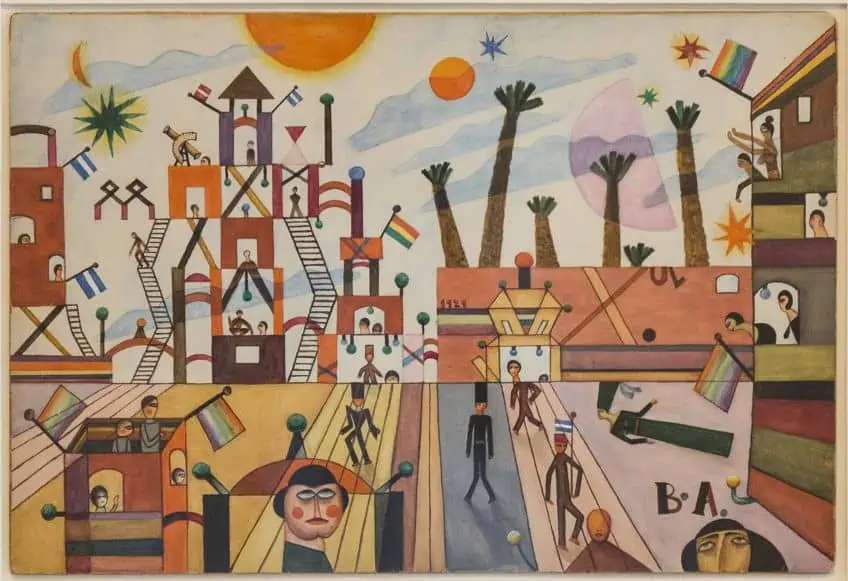
Additionally, many Argentine artists have gained international recognition, showcasing the country’s artistic prowess on a global stage and fostering cultural exchange and dialogue. Their contributions to various artistic movements, such as surrealism, social realism, and conceptual art, highlight Argentina’s diverse and vibrant artistic landscape.
This had the effect of making them indispensable figures in the art world.
12 Most Famous Artists from Argentina
In this section, we explore the remarkable contributions of several renowned Argentine artists who have left an enduring impact on the art world. From visionary painters and innovative installation artists to groundbreaking street art creators, these individuals represent the diversity and richness of Argentina’s artistic heritage. Join us as we delve into their unique perspectives, artistic styles, and the lasting influence they have had on shaping contemporary art both within Argentina and on the global stage.
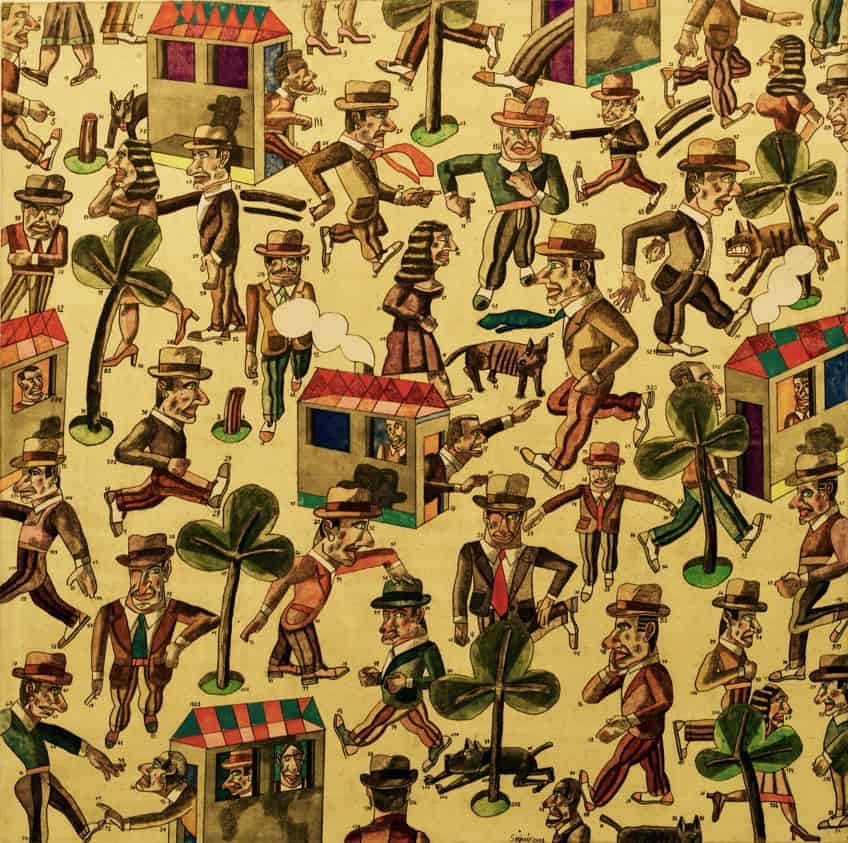
Xul Solar (1887 – 1963)
| Birth | December 14, 1887 |
| Death | April 9, 1963 |
| Place of Birth | San Fernando, Argentina |
| Notable Artworks |
|
Xul Solar, born Oscar Agustín Alejandro Schulz Solari, was a pioneering Argentine artist known for his avant-garde and mystical works. He created a unique visual language blending elements of astrology, theology, and ancient languages, reflecting his fascination with spirituality and universal harmony. Xul Solar’s contribution to Argentine art lies in his innovative approach to artmaking, incorporating symbols and motifs from diverse cultural traditions into his paintings, drawings, and writings.
His use of vibrant colors, intricate patterns, and symbolic imagery set him apart as a visionary artist, gaining him international recognition and influencing subsequent generations of artists in Argentina and beyond.
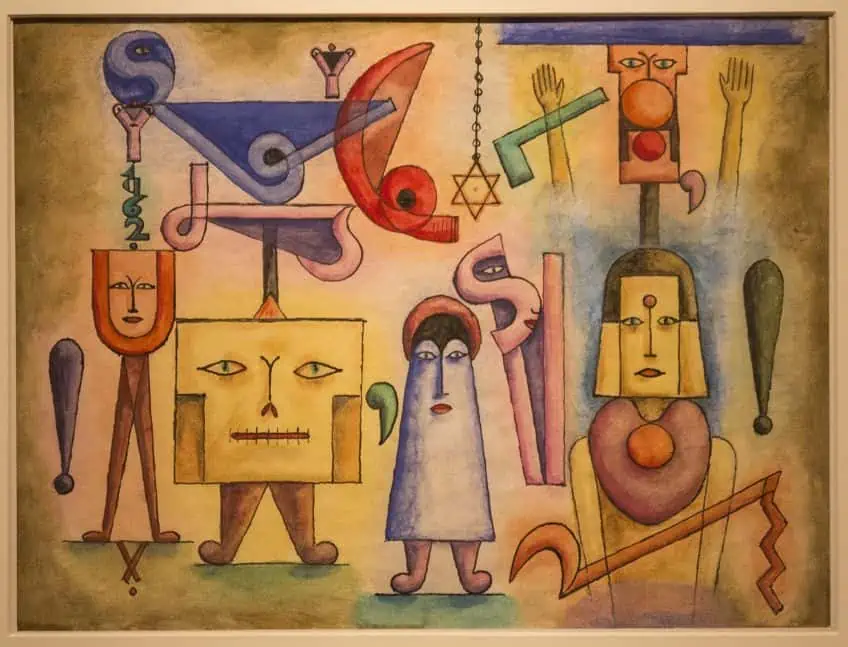
Benito Quinquela Martín (1890 – 1977)
| Birth | March 1, 1890 |
| Death | January 28, 1977 |
| Place of Birth | La Boca, Buenos Aires, Argentina |
| Notable Artworks |
|
Benito Quinquela Martín was a prominent Argentine painter known for his vivid depictions of life in the La Boca neighborhood of Buenos Aires. His paintings captured the vibrant colors, bustling streets, and unique culture of La Boca, highlighting the lives of the working-class people and the port workers. Quinquela Martín’s contribution to Argentine art extends beyond his artistic talent; he was also a philanthropist who founded schools and cultural institutions to support the local community.
His legacy as the “Painter of La Boca” endures, with his artworks celebrated for their emotional depth, social realism, and portrayal of Argentine urban life.

Antonio Berni (1905 – 1981)
| Birth | May 14, 1905 |
| Death | October 13, 1981 |
| Place of Birth | Rosario, Argentina |
| Notable Artworks |
|
Antonio Berni was a seminal figure in Argentine art, known for his socially engaged art that addressed the struggles and aspirations of the working class. He pioneered the Nuevo Realismo movement, blending elements of realism and expressionism to depict the social and political realities of Argentina. Berni’s “Juanito Laguna” series, featuring a fictional character navigating poverty and injustice, became iconic symbols of social realism in Latin American art.
His commitment to using art as a tool for social change and his innovative techniques, such as incorporating collage and assemblage, made him a leading figure in Argentine modern art and a globally renowned artist.
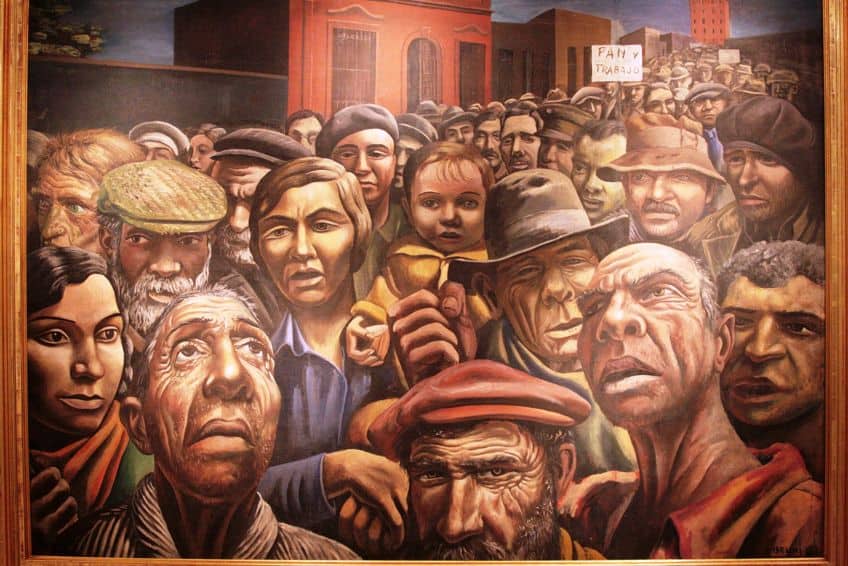
Raúl Soldi (1905 – 1994)
| Birth | March 27, 1905 |
| Death | April 21, 1994 |
| Place of Birth | Buenos Aires, Argentina |
| Notable Artworks |
|
Raúl Soldi was a highly acclaimed Argentine painter known for his poetic and ethereal artworks, often depicting dreamlike landscapes, religious themes, and portraits. His mastery of color and light, combined with a romantic and spiritual sensibility, distinguished his paintings and murals. Soldi’s contribution to Argentine art lies in his ability to evoke emotions and transcend reality through his art, creating a sense of enchantment and contemplation for viewers.
His works adorn public spaces, museums, and collections, showcasing his enduring legacy as one of Argentina’s most beloved and influential artists.

León Ferrari (1920 – 2013)
| Birth | September 3, 1920 |
| Death | July 25, 2013 |
| Place of Birth | Buenos Aires, Argentina |
| Notable Artworks |
|
León Ferrari was a provocative and groundbreaking Argentine artist known for his politically charged artworks challenging social norms and institutional power structures. His experimental approach to art encompassed a wide range of media, including sculpture, installation, collage, and conceptual art. Ferrari’s “Western-Christian Civilization” series, featuring controversial religious imagery juxtaposed with political commentary, sparked debates and discussions about censorship and freedom of expression.
His fearless exploration of taboo subjects and his commitment to using art as a tool for critique and social awareness made him a pivotal figure in Argentine contemporary art and a globally recognized artist.

Luis Felipe Noé (Born 1933)
| Birth | May 26, 1933 |
| Death | Present |
| Place of Birth | Buenos Aires, Argentina |
| Notable Artworks |
|
Luis Felipe Noé is a renowned Argentine artist known for his dynamic and introspective paintings, exploring themes of identity, memory, and cultural heritage. He was part of the influential art movement known as “Nueva Figuración,” which sought to renew figurative art in Argentina during the 1960s. Noé’s bold use of color, expressive brushwork, and fragmented compositions create a sense of urgency and emotional depth in his artworks.
His contribution to Argentine art lies in his continuous experimentation with form and content, pushing the boundaries of painting and challenging conventional artistic practices.

Marta Minujín (Born 1943)
| Birth | January 30, 1943 |
| Death | Present |
| Place of Birth | Buenos Aires, Argentina |
| Notable Artworks |
|
Marta Minujín is a pioneering Argentine artist known for her innovative and boundary-pushing artworks, particularly in installations and performance art. She gained international acclaim for her iconic “Minucodes” happening in the 1960s, where she distributed thousands of printed codes as a form of social critique and artistic expression. Minujín’s contribution to Argentine art lies in her fearless experimentation with unconventional materials, concepts, and audience participation, challenging the norms of traditional art forms.
Her ability to blend art and social commentary, coupled with her vibrant imagination and irreverent spirit, has made her a legendary figure in contemporary Argentine art and a celebrated artist worldwide.

Guillermo Kuitca (Born 1961)
| Birth | January 22, 1961 |
| Death | Present |
| Place of Birth | Buenos Aires, Argentina |
| Notable Artworks |
|
Guillermo Kuitca is a highly regarded Argentine artist known for his introspective and abstract paintings that explore themes of memory, space, and identity. He gained recognition early in his career for his innovative use of cartography as a metaphor for psychological and emotional landscapes. Kuitca’s contribution to Argentine art lies in his ability to translate complex concepts and personal experiences into visually compelling artworks, often characterized by layered compositions and rich symbolism.
His international success and critical acclaim have solidified his position as one of Argentina’s most influential contemporary artists, with exhibitions in major galleries and museums around the world.
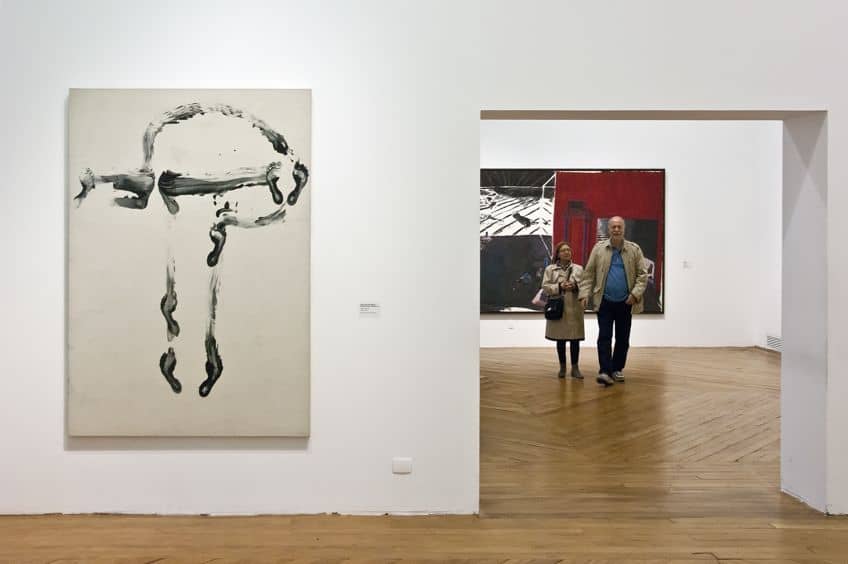
Tomás Saraceno (Born 1973)
| Birth | 1973 |
| Death | Present |
| Place of Birth | Tucumán, Argentina |
| Notable Artworks |
|
Tomás Saraceno is an Argentine artist renowned for his interdisciplinary approach merging art, science, and architecture. He is best known for his visionary installations and structures inspired by natural phenomena, such as spiderwebs and bubbles. Saraceno’s contribution to Argentine art extends beyond traditional boundaries, as he explores themes of sustainability, social interconnectedness, and the relationship between humans and the environment.
His immersive and thought-provoking artworks, often involving audience participation and scientific collaboration, have garnered international acclaim and earned him a reputation as a leading figure in contemporary art and environmental activism.
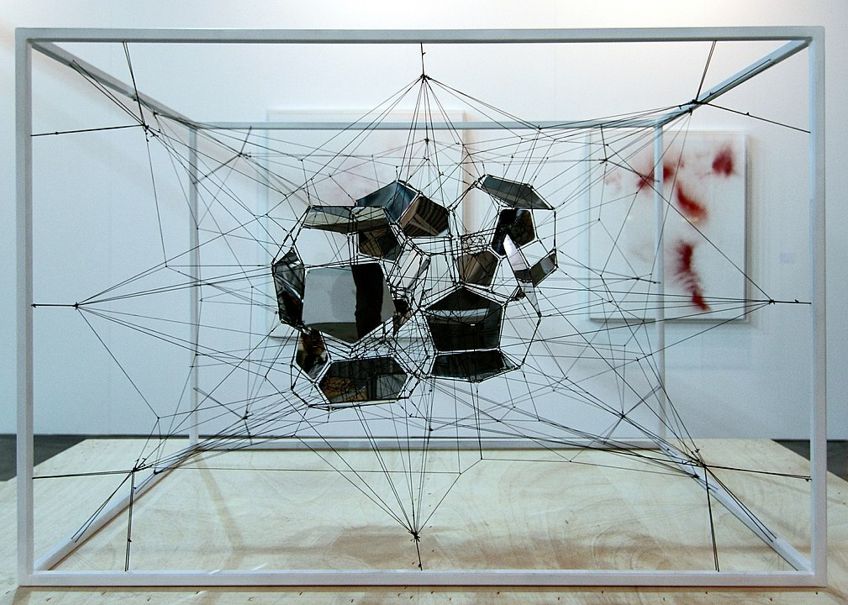
Amalia Pica (Born 1978)
| Birth | 1978 |
| Death | Present |
| Place of Birth | Neuquén, Argentina |
| Notable Artworks |
|
Amalia Pica is a critically acclaimed Argentine artist known for her conceptual artworks that investigate communication, cultural exchange, and public interaction. She often incorporates everyday objects, gestures, and language into her installations and performances to explore themes of translation and miscommunication. Pica’s contribution to Argentine art lies in her ability to engage viewers in dialogues about the complexities of human communication and the power dynamics inherent in language and cultural systems.
Her work has been exhibited globally, highlighting her impact as a thought-provoking and socially engaged artist in the contemporary art scene.
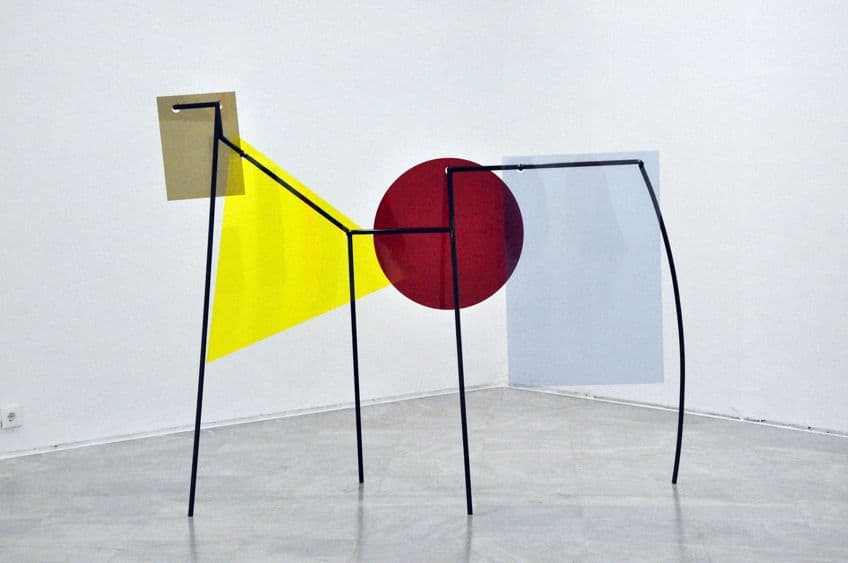
Adrián Villar Rojas (Born 1980)
| Birth | 1980 |
| Death | Present |
| Place of Birth | Rosario, Argentina |
| Notable Artworks |
|
Adrián Villar Rojas is a visionary Argentine artist known for his monumental and immersive installations that blur the lines between art, architecture, and nature. His works often feature large-scale sculptures and interventions in natural landscapes, challenging traditional notions of exhibition spaces and permanence in art. Villar Rojas’s contribution to Argentine art lies in his ability to create awe-inspiring and temporally dynamic experiences for viewers, inviting contemplation on themes of time, decay, and transformation.
His international exhibitions and site-specific commissions have solidified his reputation as a leading contemporary artist pushing the boundaries of artistic expression.
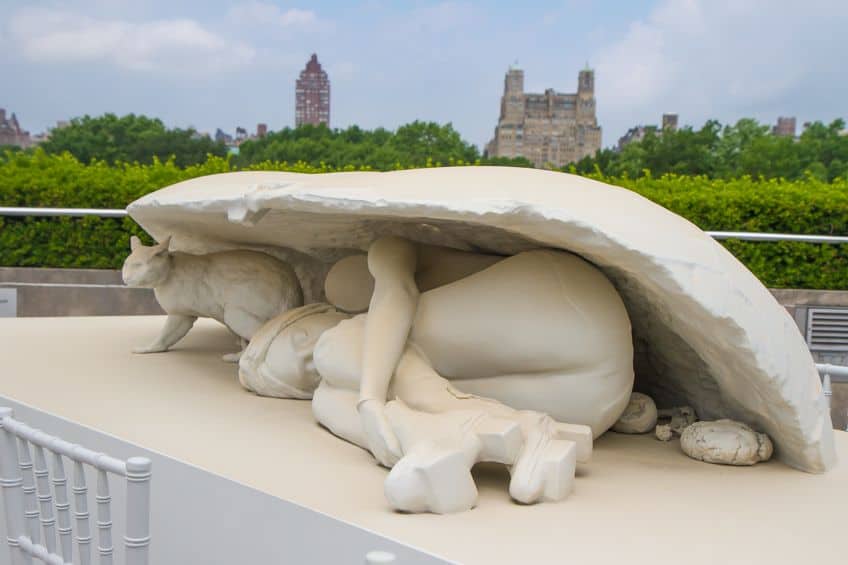
Jaz (Born 1981)
| Birth | 1981 |
| Death | Present |
| Place of Birth | Buenos Aires, Argentina |
| Notable Artworks |
|
Jaz, also known as Franco Fasoli, is a prominent Argentine street artist known for his vibrant and dynamic murals blending traditional and contemporary art styles. His artworks often feature bold colors, geometric patterns, and surreal imagery, drawing inspiration from Argentine culture, folklore, and social issues. Jaz’s contribution to Argentine art lies in his transformative approach to public spaces, using street art as a medium for cultural expression, social commentary, and community engagement. His distinctive style and impactful murals have earned him recognition both locally and internationally, showcasing the power of street art as a platform for artistic expression and cultural dialogue.
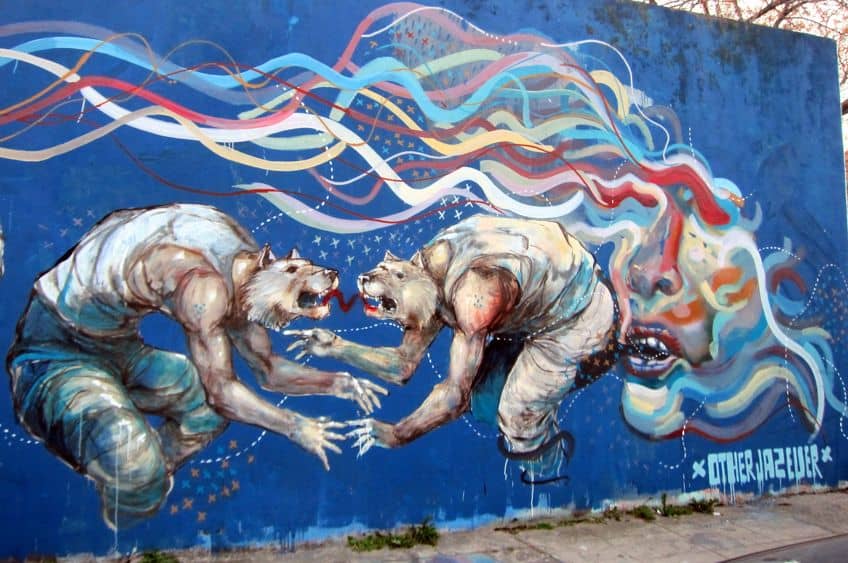
The artistic legacy of Argentina is a testament to the richness and depth of its cultural heritage. As we conclude this exploration of famous Argentine artists, we are reminded of the enduring impact of their creativity, which continues to inspire and provoke thought across borders and generations. Argentina’s artistic tapestry is a vibrant mosaic of innovation, expression, and cultural identity, reflecting the diverse voices and narratives that shape its artistic landscape.
Frequently Asked Questions
What Are Some Key Characteristics of Argentine Art?
Argentine art is known for its diversity, blending influences from indigenous cultures, European traditions, and contemporary global trends. Key characteristics include vibrant colors, expressive brushwork, social commentary, exploration of identity, and a strong connection to cultural heritage.
What Role Do Contemporary Argentine Artists Play in the Art World Today?
Contemporary Argentine artists like Guillermo Kuitca and Tomás Saraceno continue to make significant contributions to the art world. Kuitca’s introspective paintings and Saraceno’s interdisciplinary installations address current themes such as memory, sustainability, and human interconnectedness, fostering dialogue and reflection in the global art community.
How Do Argentine Street Artists Contribute to Urban Culture and the Art Scene?
Street artists like Jaz (Franco Fasoli) bring vibrant and dynamic artworks to public spaces, contributing to the visual richness of urban environments. Their murals often reflect local culture, folklore, and social issues, creating a dialogue between art, community, and public space while challenging traditional notions of art display.
Jordan Anthony is a Cape Town-based film photographer, curator, and arts writer. She holds a Bachelor of Art in Fine Arts from the University of the Witwatersrand, Johannesburg, where she explored themes like healing, identity, dreams, and intuitive creation in her Contemporary art practice. Jordan has collaborated with various local art institutions, including the KZNSA Gallery in Durban, the Turbine Art Fair, and the Wits Art Museum. Her photography focuses on abstract color manipulations, portraiture, candid shots, and urban landscapes. She’s intrigued by philosophy, memory, and esotericism, drawing inspiration from Surrealism, Fluxus, and ancient civilizations, as well as childhood influences and found objects. Jordan is working for artfilemagazine since 2022 and writes blog posts about art history and photography.
Learn more about Jordan Anthony and about us.
Cite this Article
Jordan, Anthony, “Famous Artists from Argentina – 12 Influential Creatives.” artfilemagazine – Your Online Art Source. March 20, 2024. URL: https://artfilemagazine.com/famous-artists-from-argentina/
Anthony, J. (2024, 20 March). Famous Artists from Argentina – 12 Influential Creatives. artfilemagazine – Your Online Art Source. https://artfilemagazine.com/famous-artists-from-argentina/
Anthony, Jordan. “Famous Artists from Argentina – 12 Influential Creatives.” artfilemagazine – Your Online Art Source, March 20, 2024. https://artfilemagazine.com/famous-artists-from-argentina/.


